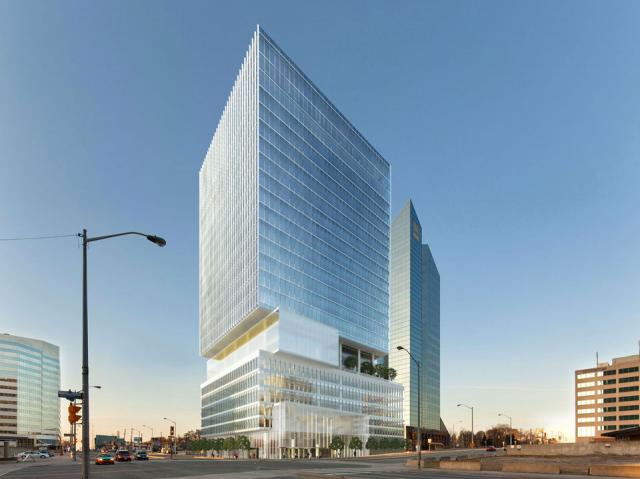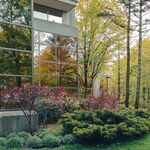^ I was thinking the excact same thing. Unbelievable how a city with such a small Metro is actually spending money to shrink it.
As far as the Evergreen Line goes it includes all stations, maintenance, bus bays, and rolling stock of a 11km line for $1.4 billion and Vancouver ussually has the final price tag come in under budget. Also the Evergreen Line will run the standard 36 meter MK111 trains and the stations are 72 meters but all of the Expo, Millenium, and Evergreen lines stations where built to be very easily extended to 100 meters or the length of 5 subway cars..........................high capacity by any stretch. The Expo line stations are going to all be extended to 100 meters within 7 years to accomodate 3 MK111 trains. To put that into perspective that is the same as having 11 MK1 SRT trains running at 80 second intervals if needed. That would be enough capacity for a DRL for a hundred years.
Ultra low-wage Calgary is completing it's new 8km West LRT which is costing $1 billion and it includes at grade, tunnel, elevated.....the extension is almost completely grade separated.
When I stated using the Airport Link {notice how I didn't say high speed} rail corridor by simply electrifying the line and making it part of the standard TTC subway system the entire western section of a DRL is already built. This includes, very importantly, the Union Station stop. All that have to do is continue that line along the rail corridor to roughly Pape and then tunnel 1 km to get to Pape/Bloor station and voila..a DRL at a bargain basement price. The city can gradually add more stations with the first priorities being Eglinton, Queen West & Queen East and as they need them adding Dundas East, Corktown, St.Lawrence, Waterfront, CityPlace, Liberty, Little Italy, The Junction, St. Clair, and Etobiko North. They could interline the system as well by having half the trains goto Pearson and the other half heading north off the rail corridor to Woodbine & Humber. This is what the Canada Line does.
Also, people are talking about a bridge over the Don Valley like it's the Caspian Sea. The Canada Line included tunneling under False Creek and 2 bridges over to YVR and Richmond including the mighty Fraser which makes the Don Valley look like mud puddle. This is what happens when you give a bunch of people a mandate of just finding out where they should put a DRL and not include a budget. They come out with these outrageous figures as if money is no object and with prices like that it is so easy for the City, TTC, Metrolinx, Queen's Park, and Ottawa to balk and the plan goes no where.
This report was not a plan forward but just public relations. The City can now just say they don't have the money and can turn around and say it's all Queen's Parks fault which makes for great re-election debates but gets the weary transit users of Toronto no where. There is no way in hell that Toronto couldn't build a Pape to Dundas West DRL for well under $2 billion.






